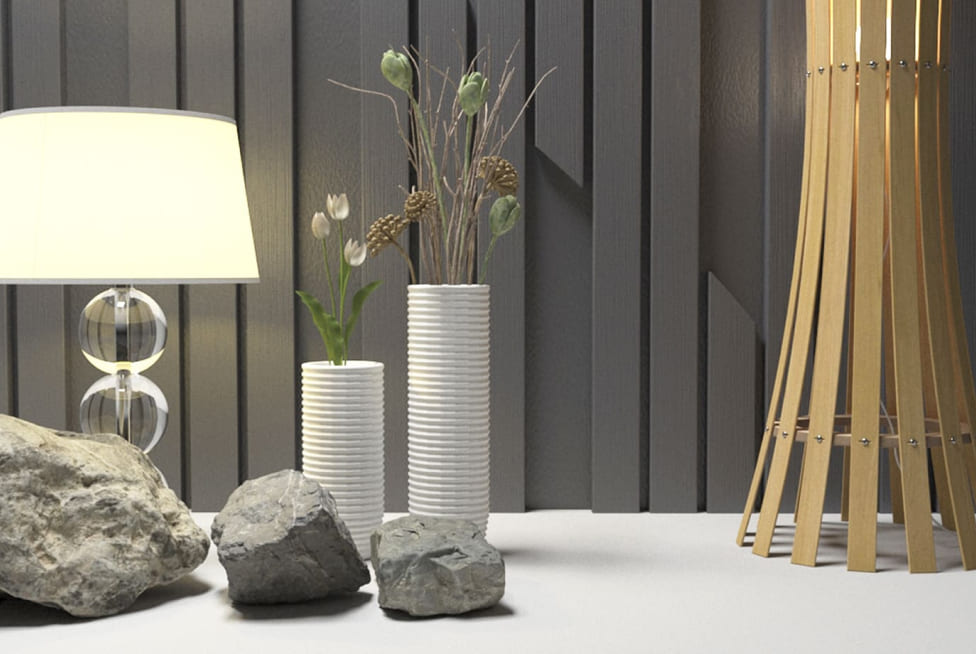
We build
eco-friendly buildings
Our connected or intelligent buildings allow you to control your energy consumption.

Our connected or intelligent buildings allow you to control your energy consumption.
The smart building makes it possible to comply with energy standards, but also to create buildings capable of controlling their consumption as in a passive building. Aware of this buoyant market, developers are increasingly promoting connected positive energy buildings. They often assume the additional costs involved in promoting this new form of clean housing.
The energy performance of smart buildings is better and gas or electricity suppliers propose customized offers for this type of construction to meet their specific needs.
Among the main features are:
For each construction, we first carry out an ecological study of the site by an ecologist.
They are also committed to implementing the recommendations throughout the life of the project. 7 criteria are systematically studied:

For an eco-material to be viable, it must meet the same requirements as conventional materials.
For this, La Royale Properties Investments takes into account :
Here are some examples of materials that meet the challenges and definition of sustainable development:
